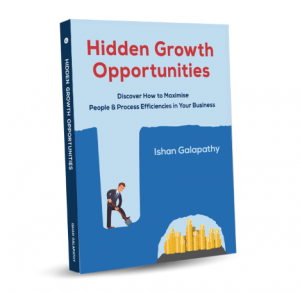During my working-holiday in Sri Lanka earlier this year, I caught up with one of my high-school friends who is now a captain with Qatar airways. Given my fascination for aviation, I’m always curious to learn more about what happens inside the cockpit. He was sharing an unforgettable experience he had during his time when flying for Sri Lankan airlines and in the height of the terrorist war waged in Sri Lanka from 1976 to 2009.
My friend was the first-officer on a routine Colombo-London flight, flying an Airbus A340 (a fairly large aircraft). Half-an hour into the flight, Colombo Air-Traffic-Control had informed that they had received a bomb threat onboard. Upon hearing the news, the captain who was flying the aircraft at the time, froze (the literal sense to the metaphorical flight, fight or freeze behaviour) out of shock. He handed over the controls to my friend and who followed all the checklists to turn around and make an emergency landing back in Colombo.
My friend had to make a critical decision – to dump or not to dump fuel. The plane was too heavy to land back with only having flown for 30mins. However, flying for a longer period to buy-time to dump fuel increases the risk of a potential disastrous end to the flight, under a bomb threat. He decided to use his experience and skills to land the extra-heavy plane. It turns out that to-date, he remains the pilot to have landed the heaviest plane at Colombo airport. Fortunately, the bomb threat was a hoax on that instance but there was much carnage caused by the terrorists targeting the airline on another occasion.
Pilots operate in the tightly regulated aviation industry where they are given a framework with checklists. These provide a rigorous and repeatable framework that can be scaled, without any hiccups. At the same time, there’s a great degree of freedom given to pilots for critical decisions such as aborting take-offs and landings, based on individual situations.
In his NY best-selling book, Good to Great, Jim Collins talks about this concept as the ‘Freedom Within the Framework’, and Collins also refers to the aviation industry to explain this concept.
In manufacturing, we’ve adopted the same concept to help leaders manage the day-to-day critical tasks. ‘Standard Work’ and ‘Kamakshi-Bai’ boards etc allows leaders, teams and individuals to create their own frameworks, relevant to their company. Many of us celebrate the development and adoption of such processes, which I must confess is not an easy feat. However, the magic is not in the process (framework). It is in how we train and allow our leaders to use it as a guide and breakaway where necessary. The freedom to truly lead brings the human element to what is otherwise a mechanical and a robotic framework.
So, a few points to ponder:
- Do you and your leaders have a framework to provide you with confidence to keep all critical activities in check?
- How do they exercise their freedom within this framework?
- Could you be holding back leaders, teams and organisations opportunity to level up, by holding on too tightly to the framework?





